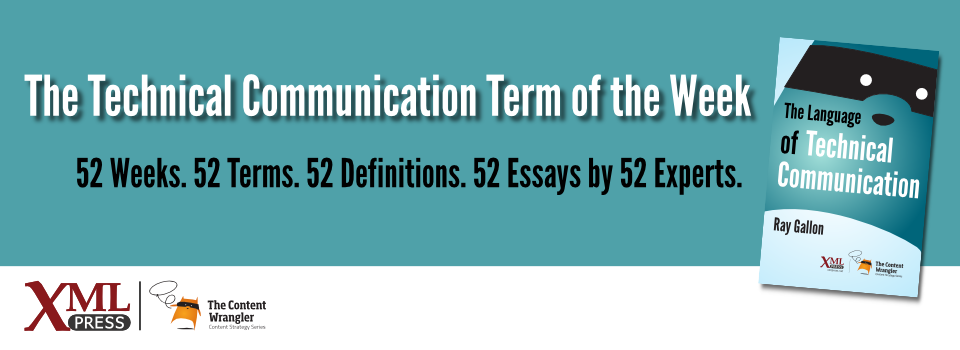What is it?
A directive of the European Parliament and of the Council that applies to machines and manufacturing plants in the European Economic Area (EEA). The purpose of the directive is to promote the free movement of machinery within the Single Market and guarantee a high level of protection for workers and citizens in the European Union.
Why is it important?
Since January 1, 1995 new machines and manufacturing plants may be placed in the European Economic Area (EEA) only if they are compliant with the European Machinery Directive.
Why does a technical communicator need to know this?
The European Machinery Directive was first published in 1989. It became mandatory on January 1, 1995. As of 2009, machinery and plant manufacturers must also comply with Machinery Directive 2006/42/EC and the changes implemented with directive 2009/127/EC.
The directive applies to machinery as well as interchangeable equipment, safety components, lifting accessories, chains/ropes/webbing, removable mechanical transmission devices, and partly completed machinery. Some machines, such as tractors, motor vehicles and certain electric and electronic products such as household appliances, office equipment, or weapons have their own directives.
Anyone who wants to sell products or open a manufacturing plant in the European Economic Area (EEA) must keep abreast of this directive – or other European directives that apply to different industries – which includes technical documentation requirements. The manufacturer or its authorized representative must ensure that the machine or plant satisfies the relevant health and safety requirements of the directive and that technical documentation is available.
The technical documentation must include a general description and drawing of the machine, wiring diagrams for the driving circuits, documentation necessary for understanding the machine’s functionality, detailed drawings, the risk assessment, the standards applied, and other technical specifications. The documentation must also include all technical reports with the results of exams, a copy of the instruction manual, and a copy of the Certificate of Conformity (EG certificate).
To avoid rework and unpleasant surprises, technical communicators should be aware of these requirements before starting a project.

